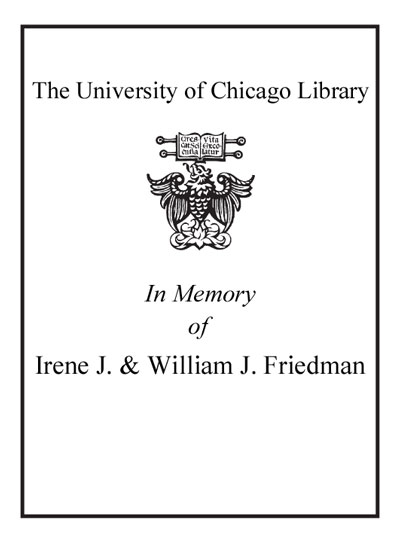Review by Choice Review
This is a tour de force account of the swirling factors that account for both the dramatic increase in prison populations in the United States in the 1970-90s and the modest decreases since 2000. The author's sober analysis leads him to conclude that both the states and the federal government are locked into harsh sentencing regimes that will be difficult, if not impossible, to dislodge, even in the aftermath of dramatic reductions in the rates of serious crime. The overwhelming majority of those now in prison have been convicted of violent offenses and are serving very long terms. It will take unprecedented will power to retroactively lower sentence lengths for current prisoners and reduce sentence lengths for such offenders in the future. Furthermore, seemingly promising strategies have their own drawbacks; e.g., intensive supervision after release leads to increased violations, increases in return to custody, and hence decreased support for shorter sentences. Still, the author examines two exceptions, the dramatic decreases in prison populations in New York and California that occurred without much of an increase in serious crime. But distinctive factors in both states do not provide useful models for other states that are locked into an iron regime of harsh penalties that will not be easily dislodged. Summing Up: Recommended. Upper-division undergraduates through faculty. --Malcolm M. Feeley, University of California, Berkeley
Copyright American Library Association, used with permission.
Review by Choice Review

